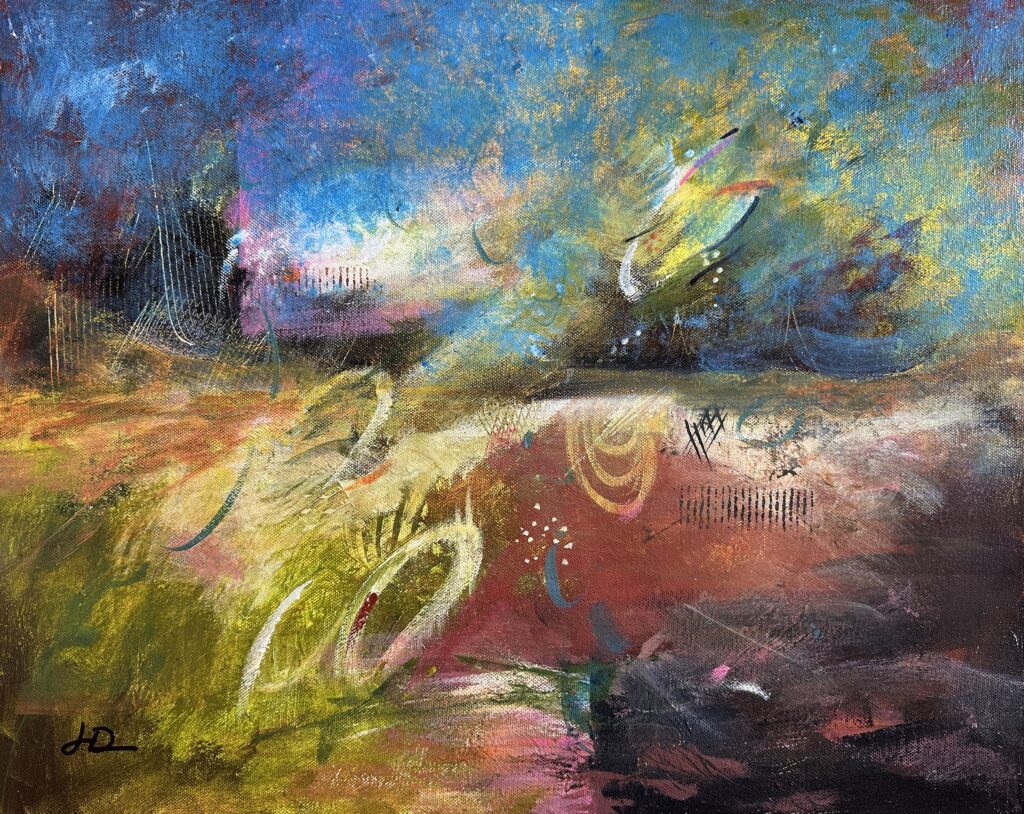
Heart Coherence: Radical Emergence
There comes a time in our creative endeavors, after hours, days, or months of solitary efforts, when we feel ready to move out into the world to share these inner explorations. It might be in a blog, a magazine, an art exhibit, a book, or a performance.
That time is advancing closer for me. In the past couple of weeks, the momentum for publishing a second book accelerated at a speed beyond my imagining. I am now ready to send my manuscript for Unfolding the Heart: A Journey Toward Coherence to my designer with a publishing date in early spring of 2026.
Taking that step awakens vulnerability, doubt, and uncertainty, YET, what is created is meant to breathe in open spaces. For me. the book is also a creative act, creation built upon creation. I feel as alive in the process as I do in the painting or the writing. It is all one.
It becomes a spiritual practice to look beyond the feelings that close a heart and hold us back to those that express the feelings that open us to more of life.
May creation be with you!
Janis
